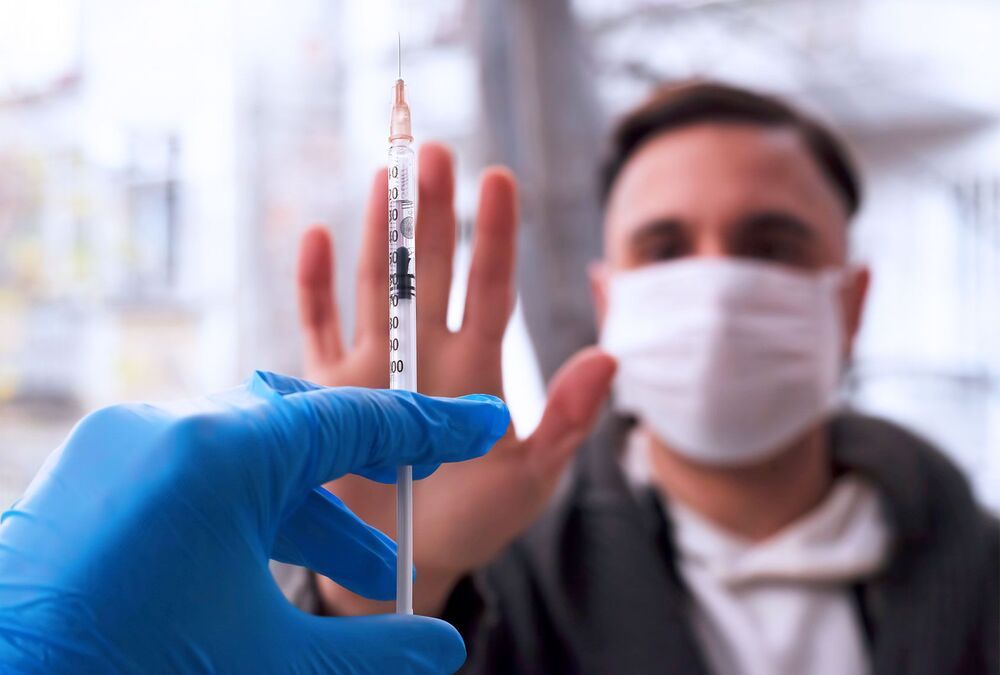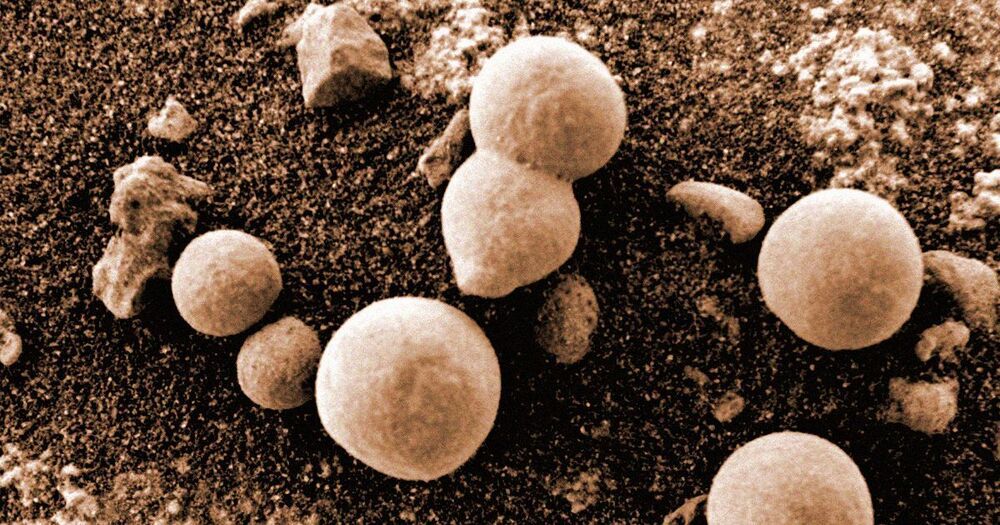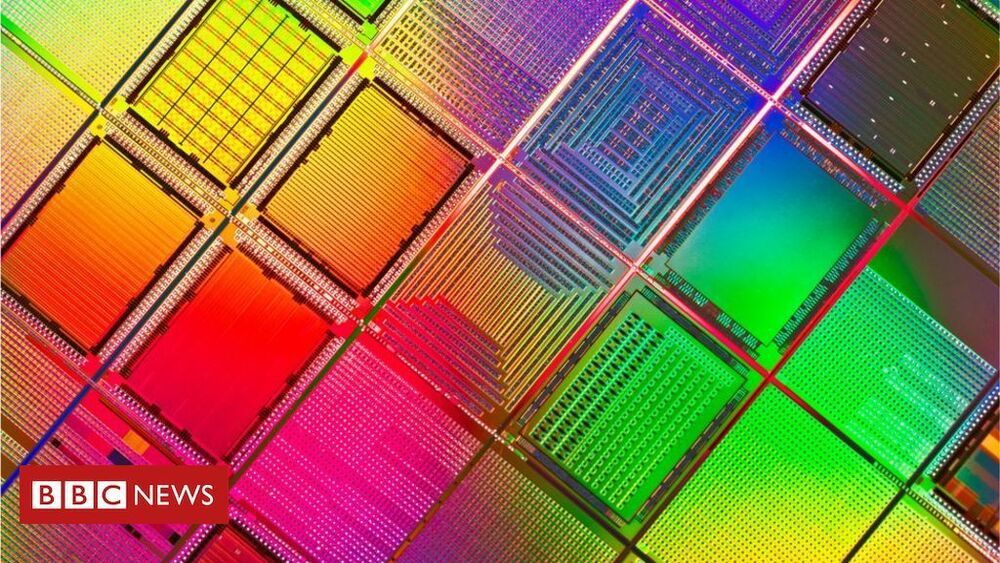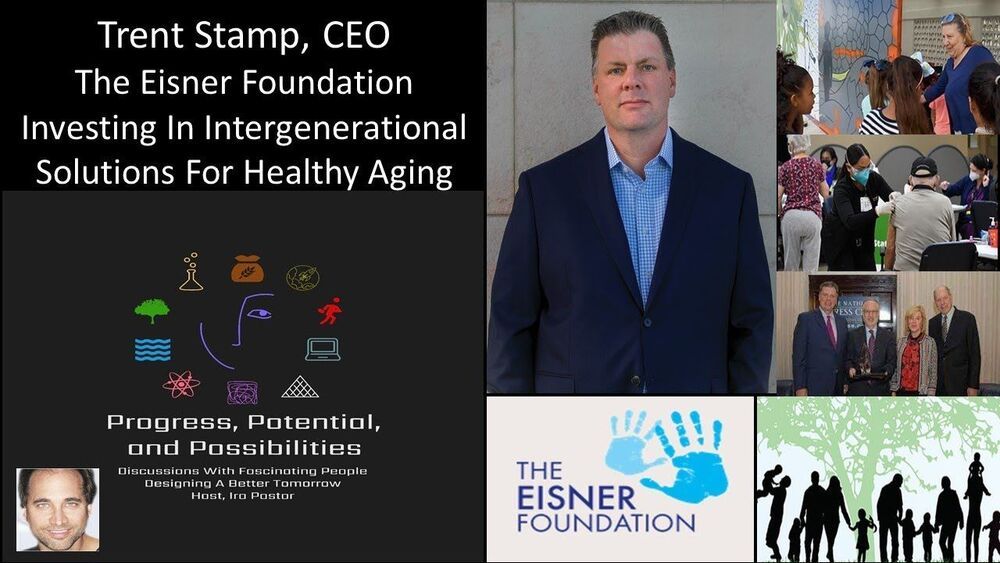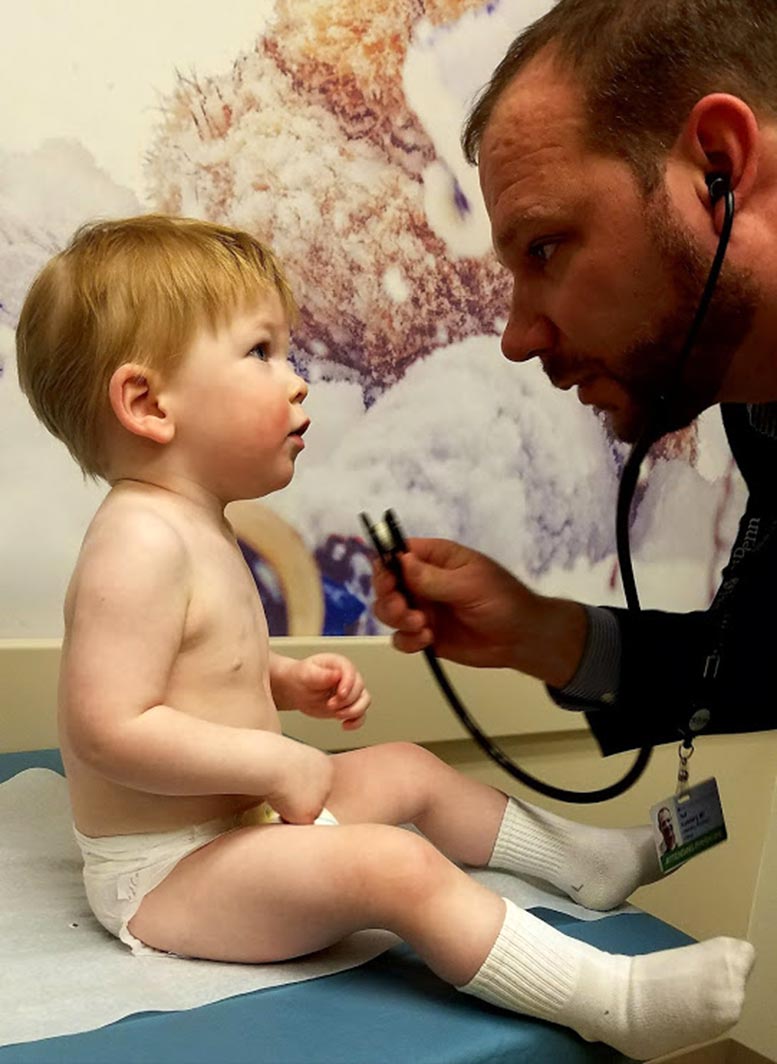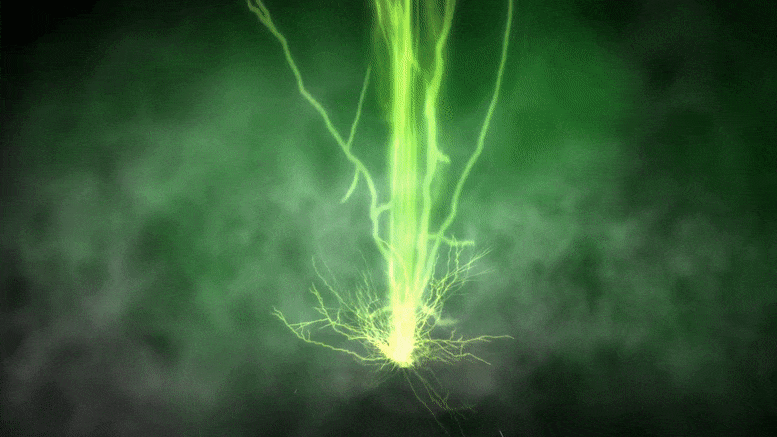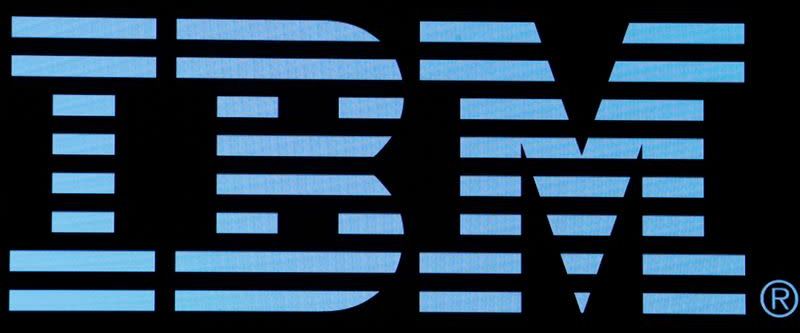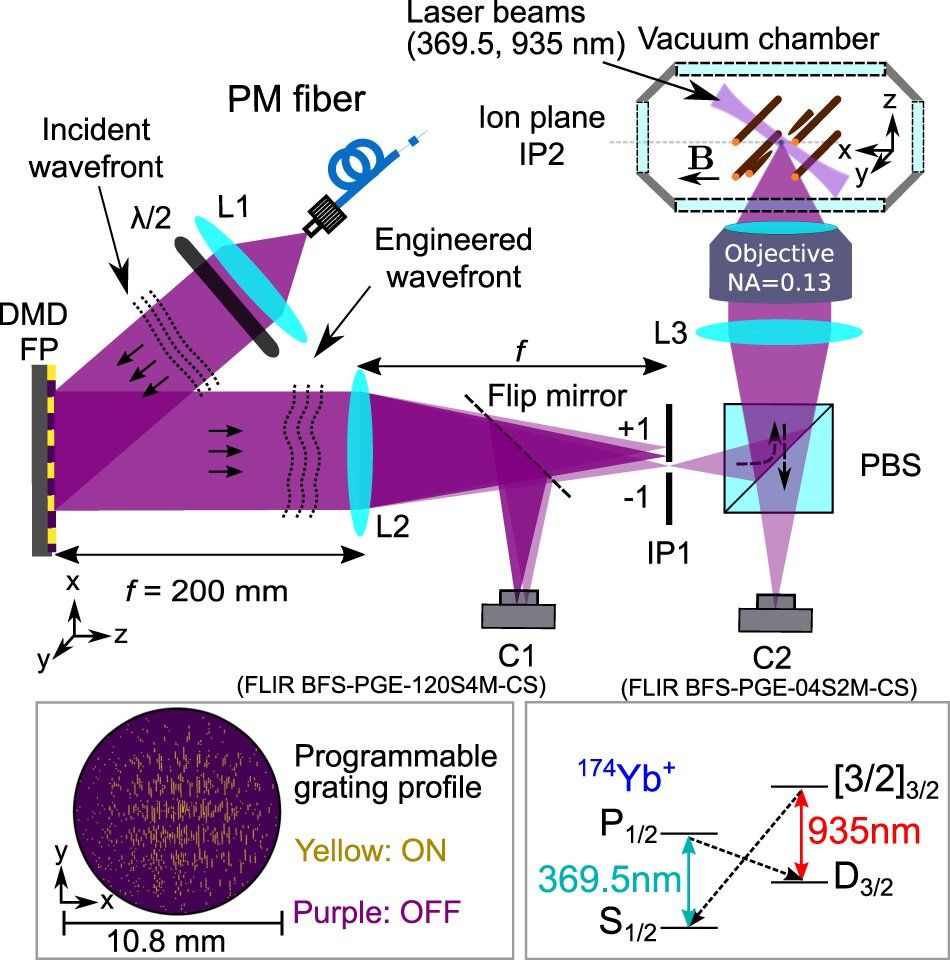Needless to say, DNA is the “instructions” via which our genes are transferred between us and our offspring. And RNA is in charge of regulating the production of proteins in a body, and its so-called “instructions” that it gives are for cellular structure.
To be clear: RNA and DNA serve different functions, and, as the Centers for Disease Control and Prevention (CDC) explains, mRNA vaccines don’t affect or even interact with our DNA at all.
In this week’s Pandemic Problems column, a reader asks how to explain mRNA vaccines to a worried family member.
